TFT-LCD is a non-luminous (penetrating) Display panel. It needs a backlight
and a switch valve with a picture element as the light source to determine its
display color and brightness. It is necessary to cooperate with the backlight
and use the pixel as the switch valve of the light source to control the color
and brightness.
Even such a colorful painting can be made up of dozens of pixels of various
colors.
3.TFT-LCD electrical principle: how LCD
works?
Operation Concept of TFT component: Electrical Potential(Water
Level)
The level in the tank represents the brightness of the red, green and blue
colors.
4.TFT-LCD driving principle: how LCD
works?
Distribution of equivalent circuit in the LCD panel
-
The lower the voltage, the more light penetrates
(The lower the water level, the lighter the color)
(The higher the water level, the darker the color)
The gate stays open long enough for the water level to reach
equilibrium.
Open the first row of the gate and close the rest, then the first row of
the storage tank is filled to the pre-set water level.
Then close the first row of the gate, the water level has been fixed, so
the display color has been fixed.
Open the second row of the gate and the rest remain closed. Fill the second
row of the storage tank to the present water level.
And soon, the whole picture of the display can be completed.
The TN LCD uses TN (Twist Nematic) type liquid crystal, and the Liquid
Crystal Molecules are elliptical under a microscope.
TN type liquid crystals are usually connected in series in the direction of
the long axes, which are arranged in parallel with each other.
When they contact with the grooved surface, the Liquid Crystal Molecules
are arranged in the direction of the groove.
When the liquid crystal is contained in the middle of the two grooved
surface and groove are perpendicular to each other, the liquid crystal
molecules are arranged as follows:
Upper surface molecules: along A direction
Lower surface molecules: along B Direction
Molecules intermediate between the upper and lower surfaces produce a
rotational effect, then the liquid crystal molecules rotate 90 degrees between
the two grooves.
The effect of light on liquid crystal molecules (1)
When linearly polarized light strikes the upper layer of the grooved
surface, the light also rotates as the liquid crystal molecules rotate.
When linearly polarized light penetrates from the lower layer of the
grooved surface, it has already produced a 90-degree rotation.
The effect of light on liquid crystal molecules (2)
When a voltage is applied between the upper and lower surfaces, the liquid
crystal molecules are aligned in the direction of the electric field, forming a
vertical alignment. At this point, the incident light is not affected by the
Liquid Crystal Molecules, straight out of the lower surface.
PURPOSE: To filter non-polarized light (normal light) into polarized
light
When the non-polarized light passes through the polarizer in A direction,
the light is filtered into a linear polarized light parallel to A
direction.
Upper Image: The linearly polarized light continues to pass through the
second polarizer.
Below image: The light is completely blocked as it passes through the
second polarizer.
Depending on the polarizer angle setting, there are two display modes when
no voltage is applied:
1.Normal White (NW Mode)
2.Normal Black (NB Mode)
When the top and bottom polarizers are perpendicular to each other, light
can pass through if no voltage is applied.
If a voltage is applied, the light is completely blocked.
When the top and bottom polarizers are parallel to each other, light cannot
pass through without applying voltage.
The liquid crystal cannot emit light by itself, and the backlight should be
added behind the LCD panel. A few years ago, CCFL cold cathode backlighting was
the dominant market application, but with the development of technology, the
LED backlight has gradually replaced the traditional CCFL
backlight.
There are two types of backlights, depending on the location
(1) Side entrance type-the lamp tube is placed on the side of the light
guide plate. According to the light guide plate type and the optical demand,
the straight type, the l type, and the small type of lamp tube can be selected.
The advantage of this design is that the thickness is thinner and the
temperature is less; at present, more use of this shape.
(2) The straight-down type-the lamp tube is placed under the diffusion
plate, and the lamp tube usually uses the w type lamp tube. The disadvantage of
this type is thicker and the temperature will be higher (used above 21
inches).
The led backlight has the characteristics of low heat, concentrated light
source, slow decay speed, and low power consumption. It also has the advantages
of high color saturation, fast start, no mercury, and long life.
8. Summary of TFT-LCD imaging principle: how LCD
works?
When a Sub-Pixel is turned on, the Sub-Pixel attenuates to black because it
cannot penetrate light.
If the Sub-Pixel is not on, the color is displayed because the light passes
through CF.
After the synthesis effect of light, the LCD display can produce a colorful
effect.
For more information on the LCD panel or to purchase LCM products, please
feel free to visit
https://www.vislcd.com/.

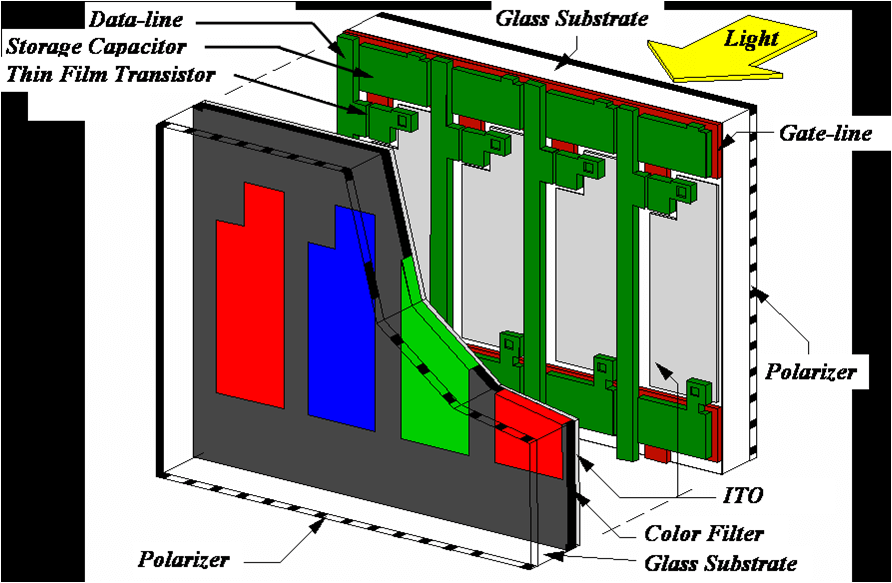
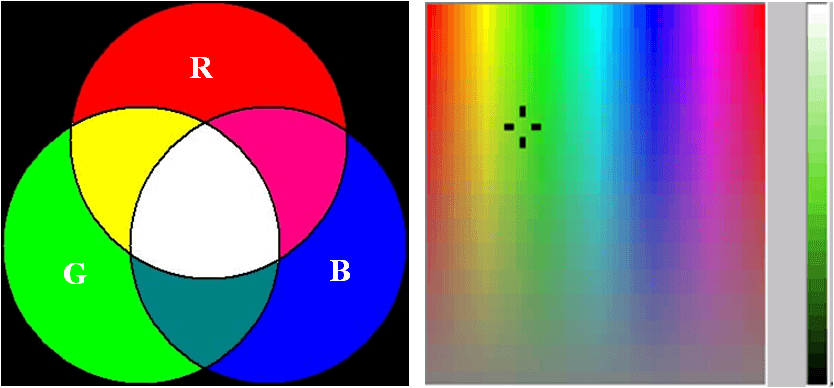
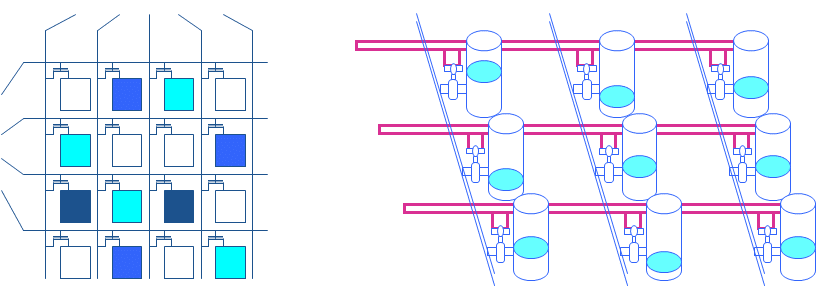
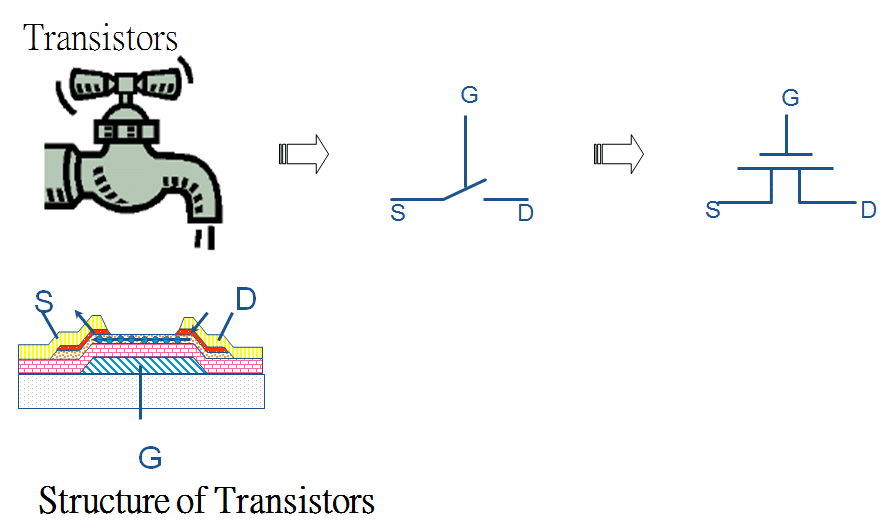

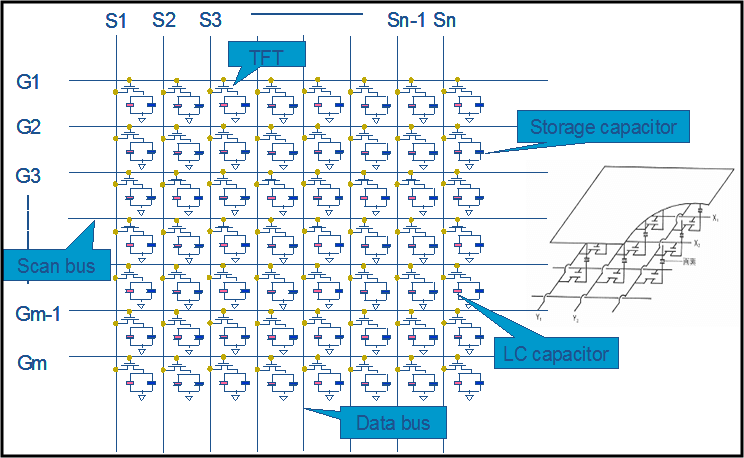
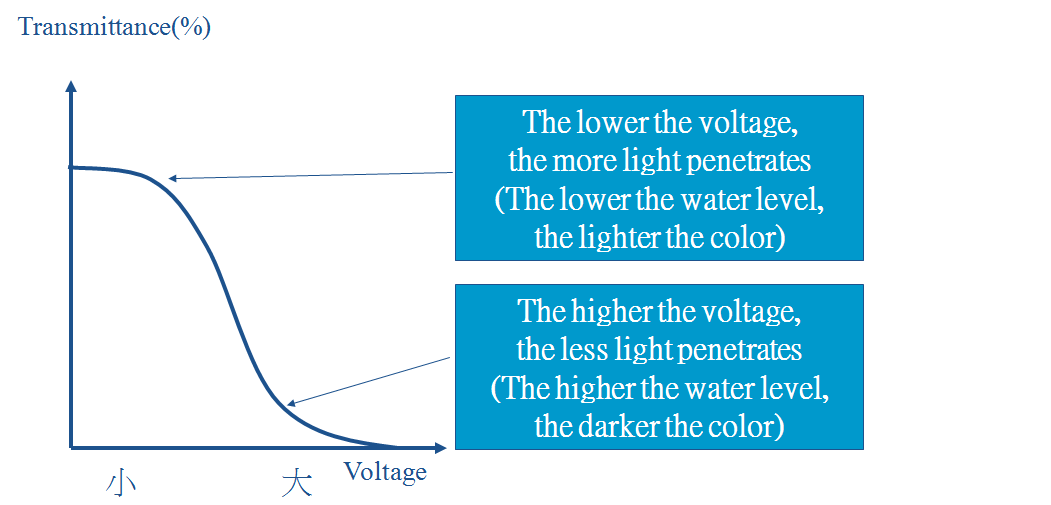
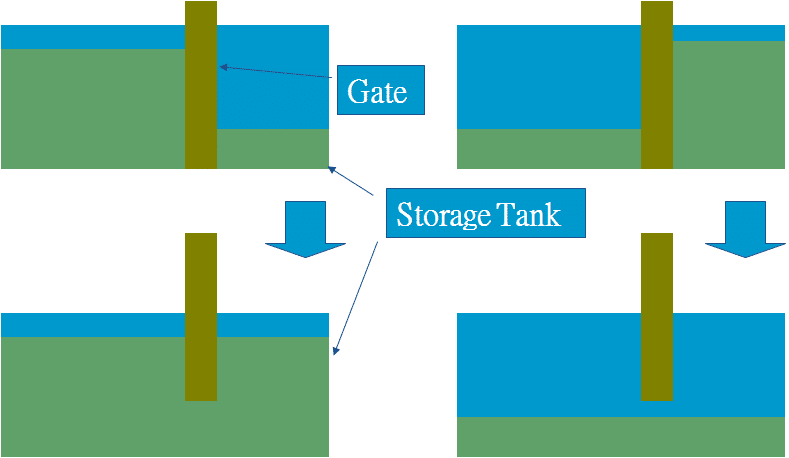
![LCD driving principle [3]](https://www.vislcd.com/wp-content/uploads/2019/06/LCD-driving-principle-3.png)
![LCD driving principle [4]](https://www.vislcd.com/wp-content/uploads/2019/06/LCD-driving-principle-4.png)
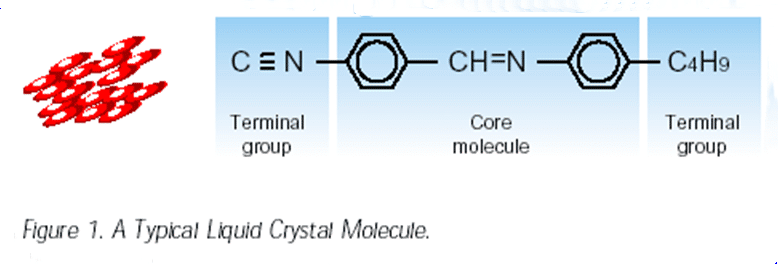
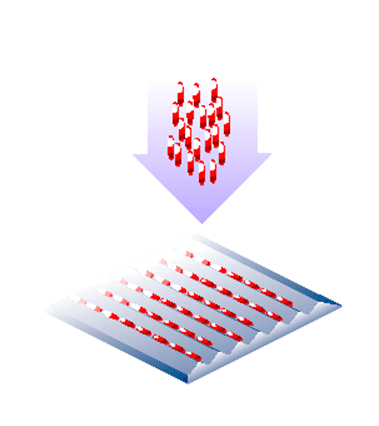
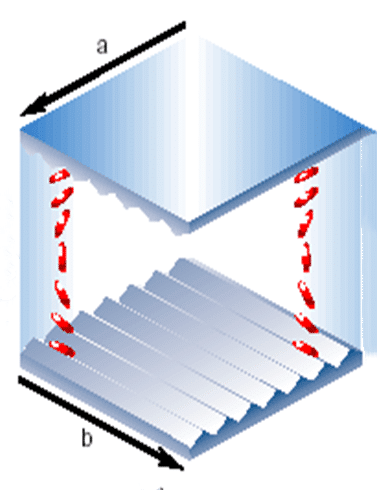
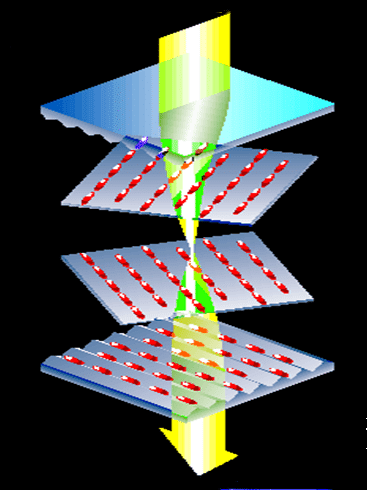
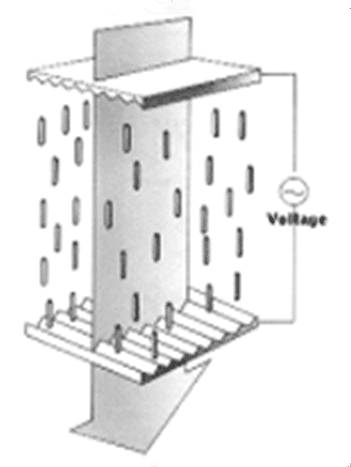
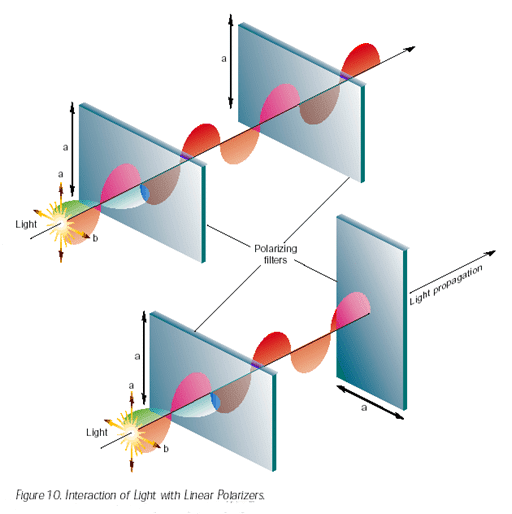
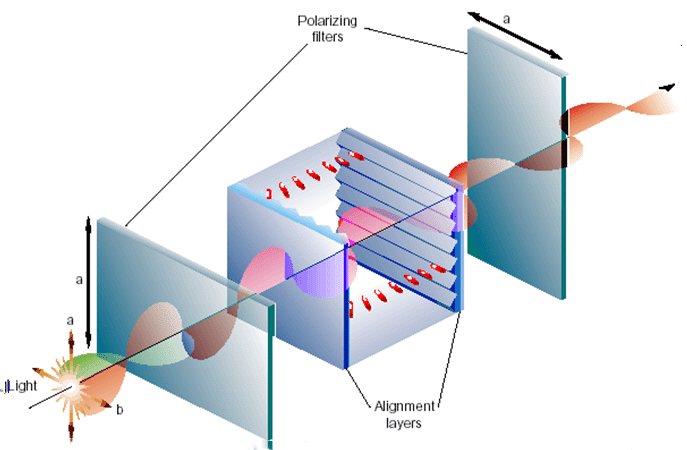
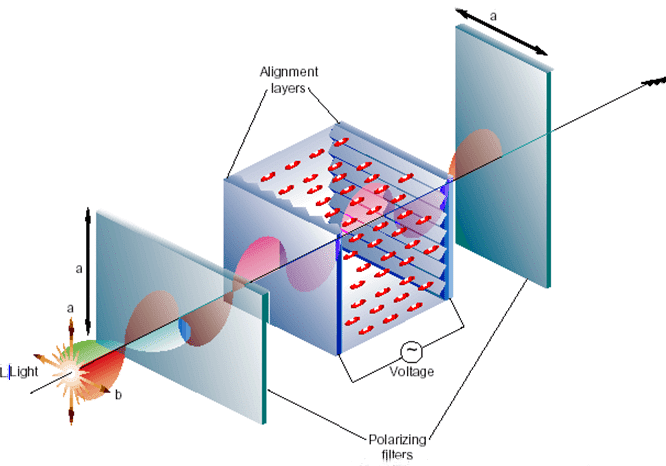
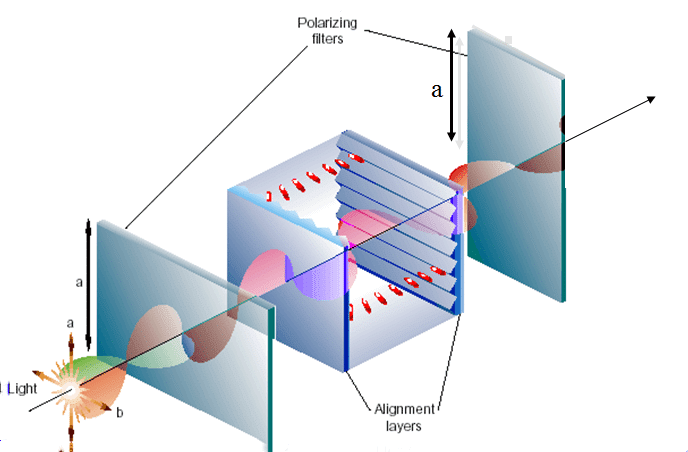
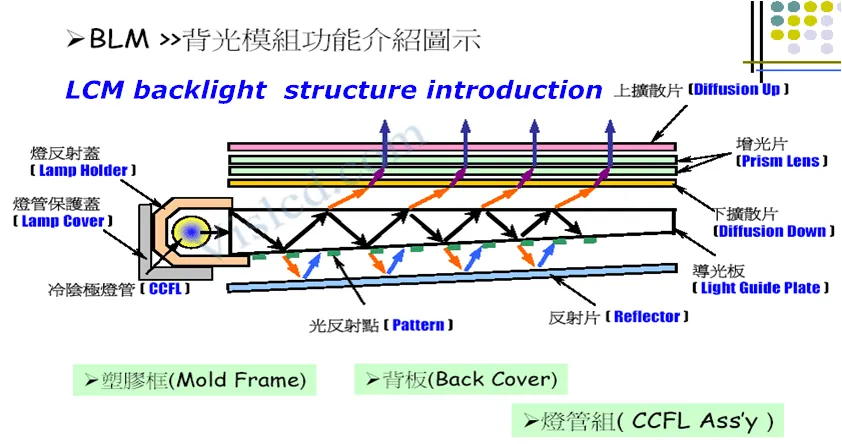
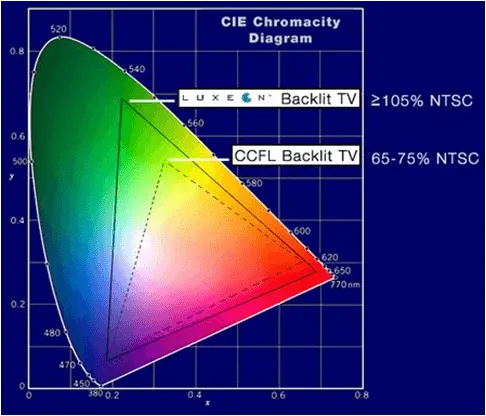
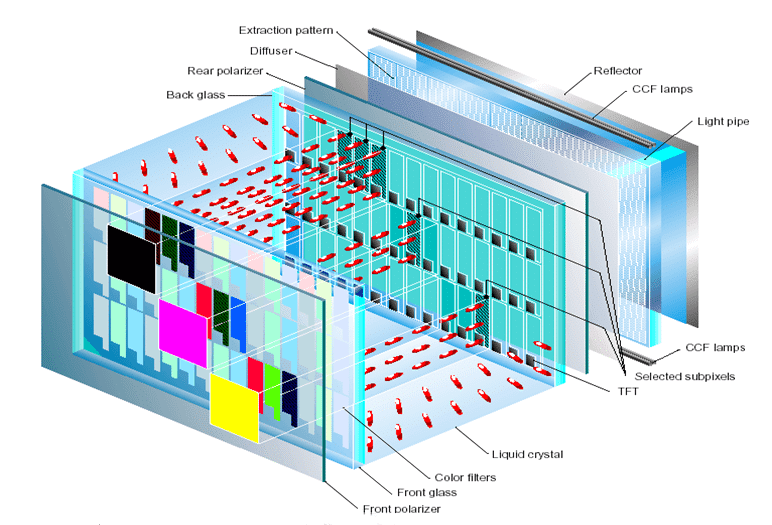
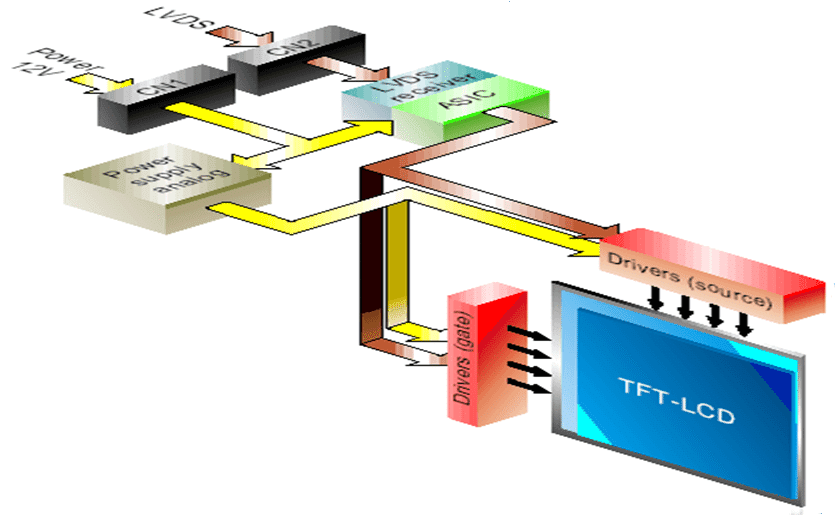


Leave A Comment Cancel reply